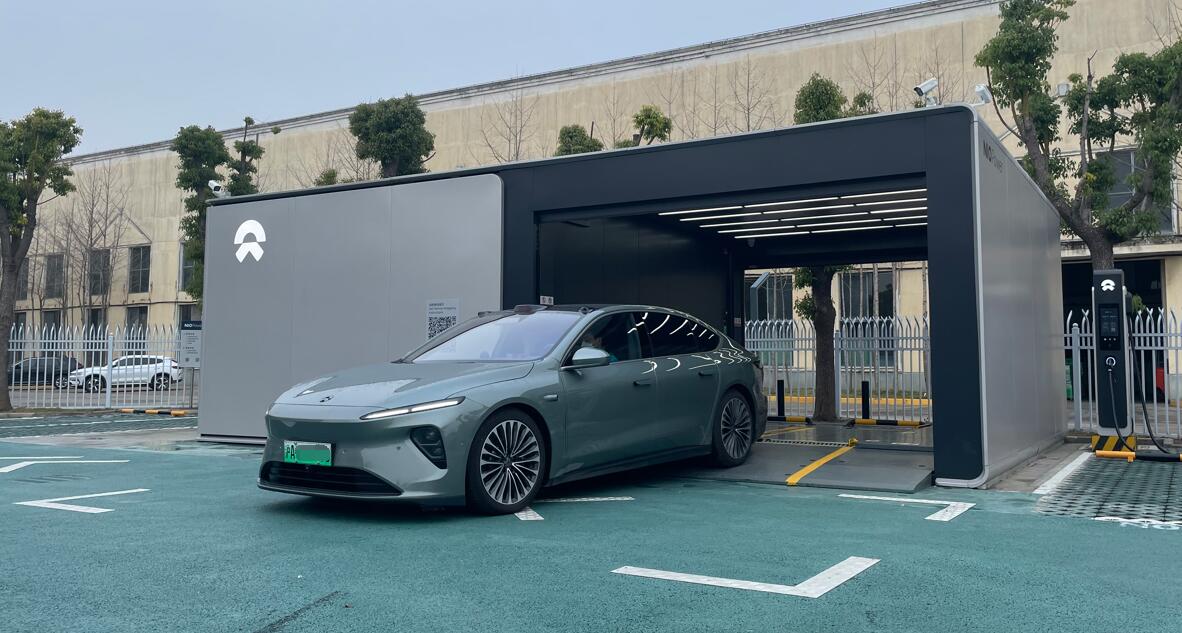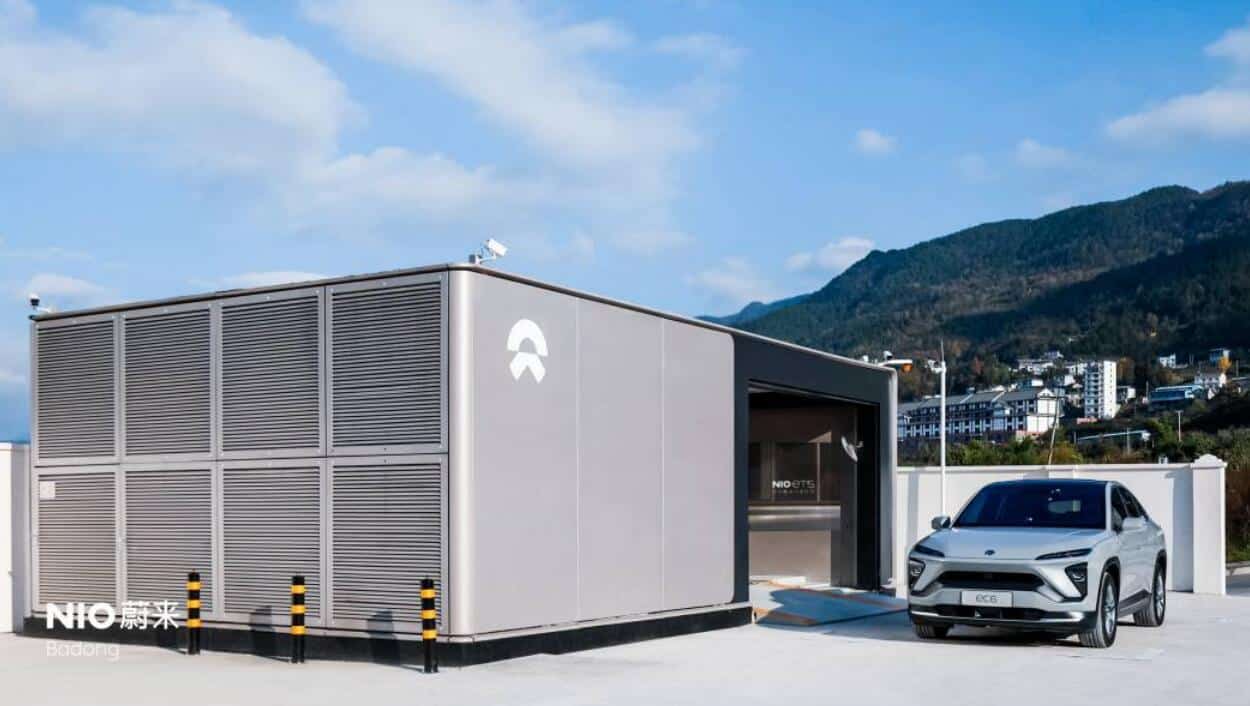The G3 Beijing-Taipei highway is a 2,030-kilometer road linking northern, eastern and southeastern China.

(Image credit: CnEVPost)
NIO's (NYSE: NIO) battery swap station network is extending its coverage to a broader area, completing initial coverage of a major highway from northern to southern China.
On April 23, NIO's battery swap station network completed initial coverage of the G3 Beijing-Taipei highway with 21 battery swap stations along the route, the electric vehicle (EV) maker announced today.

(Image credit: NIO)
By now, NIO has completed coverage of five major highways connecting to Beijing, the other four being the G1 Beijing-Harbin highway, the G2 Beijing-Shanghai highway, the G4 Beijing-Hong Kong-Macau highway and the G5 Beijing-Kunming highway.
The G3 Beijing-Taipei highway is a trunk line linking northern, eastern and southeastern China, with a total length of 2,030 kilometers, running through Beijing, Hebei, Shandong, Jiangsu, Anhui, Zhejiang, Fujian and Taiwan. The Fuzhou-Taipei section is not yet open.
Along the highway, there is an average of one battery swap station every 112 kilometers, according to NIO.
Here's a video NIO shared on its mobile app.
On July 6, 2022, NIO said at the second NIO Power Day event that it will complete a battery swap network covering nine vertical highways, nine horizontal highways and 19 urban clusters in China by 2025.

(Image credit: NIO)
NIO expects to have more than 4,000 battery swap stations worldwide by 2025, with 1,000 of them located overseas, the company said at the time.
By 2025, more than 90 percent of NIO customers will have at least one battery swap station within three kilometers of their homes.
As of today, NIO's battery swap station network covers 6 vertical highways, 3 horizontal highways and 8 urban clusters.
NIO announced plans late last year to add 400 battery swap stations in 2023, but that plan was raised to 1,000 on February 21.
William Li, NIO's founder, chairman and CEO, said at the time that the company would further accelerate the deployment of battery swap stations, aiming to have more than 2,300 battery swap stations in China by the end of 2023.
On April 12, NIO's first 10 third-generation swap stations went into operation, after the next-generation station was launched at NIO Day late last year.
On April 18, Li said at a press event on the first day of the Shanghai auto show that NIO will add about 200 battery swap stations every month starting in June.
NIO added two battery swap stations in China today, bringing the total number of facilities to 1,366. It also added five charging stations, bringing the total to 2,506, providing 14,857 charging piles, according to data monitored by CnEVPost.
April 23 and May 6 are working days in China, according to the country's schedule for the upcoming Labor Day holiday, even though they are Sunday and Saturday, respectively. The holiday runs from April 29 to May 3.
The post NIO's battery swap network completes initial coverage of Beijing-Taipei highway appeared first on CnEVPost.
For more articles, please visit CnEVPost.

 From January 13 to February 5, all of NIO's battery swap stations along highways are open to vehicle owners for free and unlimited use.
From January 13 to February 5, all of NIO's battery swap stations along highways are open to vehicle owners for free and unlimited use. NIO today put 11 new battery swap stations into operation in China, bringing the total to 1,305.
NIO today put 11 new battery swap stations into operation in China, bringing the total to 1,305. NIO's 22 battery swap stations located along highways connect 25 cities in Henan, Hebei, Anhui and Shandong.
NIO's 22 battery swap stations located along highways connect 25 cities in Henan, Hebei, Anhui and Shandong. NIO's plant in Hungary has completed its capacity ramp-up, company co-founder and president Qin Lihong said at an event this week.
NIO's plant in Hungary has completed its capacity ramp-up, company co-founder and president Qin Lihong said at an event this week. EnBW, Germany's largest fast-charging network operator, has entered into a partnership with NIO, which will build up to 20 battery swap stations at its charging parks.
EnBW, Germany's largest fast-charging network operator, has entered into a partnership with NIO, which will build up to 20 battery swap stations at its charging parks. NIO completed initial coverage of the region with 16 battery swap stations, connecting 14 cities in Shaanxi, Gansu and Shanxi.
NIO completed initial coverage of the region with 16 battery swap stations, connecting 14 cities in Shaanxi, Gansu and Shanxi. As of today, NIO's battery swap station network has completed its initial coverage of all districts in Shanghai.
As of today, NIO's battery swap station network has completed its initial coverage of all districts in Shanghai. NIO today put 10 supercharging stations into operation in Jilin, bringing its network of supercharging stations in the northeastern Chinese province to 35.
NIO today put 10 supercharging stations into operation in Jilin, bringing its network of supercharging stations in the northeastern Chinese province to 35. NIO has 25 battery swap stations in Hubei province, connecting 16 cities and covering multiple highways.
NIO has 25 battery swap stations in Hubei province, connecting 16 cities and covering multiple highways.